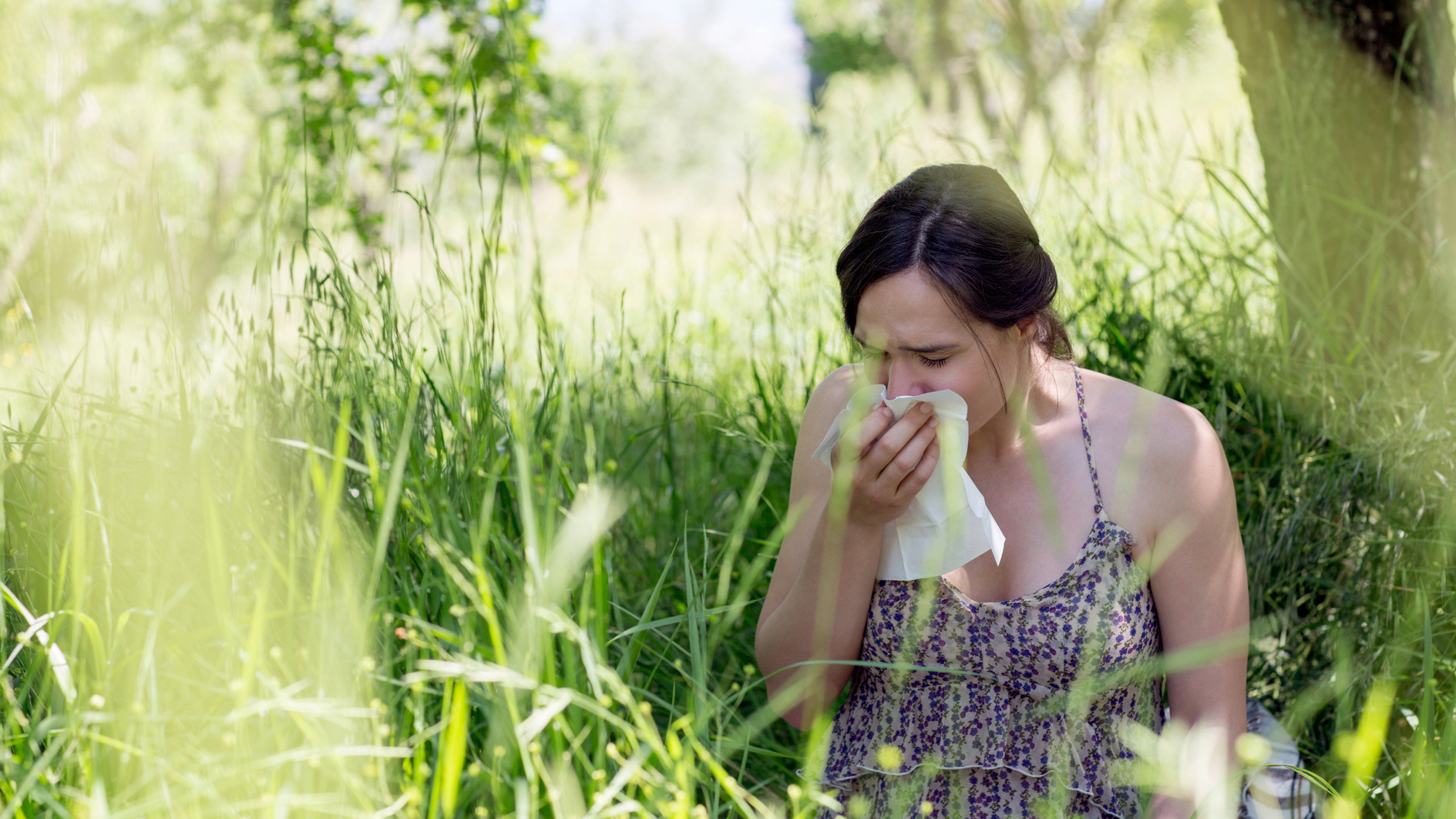How to avoid suffering from hayfever, according to a pollen expert
Hayfever and allergies can make summer miserable, but our expert advice can help


Pollen allergies, otherwise known as hayfever, is a problem for lots of us during the summer months. When we can't go outdoors without starting to sneeze or our eyes getting irritated, it really hampers being able to enjoy life and can have people praying for rainier weather. And considering the last 18 months of lockdowns, we're all desperate to get out of our houses!
The UK's NHS believes one in five people get hayfever or pollen allergies during the course of their lives. Hayfever symptoms include itching and inflamed eyes, constant sneezing, and a blocked nose. These symptoms can lead to poor sleep and a reduced ability to concentrate. If you're currently suffering, we've tapped airborne allergens expert Max Wiseberg for some hayfever survival strategies.
1. Exercise
Wiseberg's first tip is to get some moderate-intensity exercise. A survey by the National Pollen and Aerobiology Research Unit of more than 2,000 people with hay fever found that exercise was reported to reduce their symptoms, with those who worked out the most having the mildest symptoms.
"Try to do two and a half hours of moderate-intensity aerobic exercise every week. Moderate-intensity means fast walking, cycling, water aerobics, pushing a lawnmower; that sort of thing. Obviously you should avoid exercising – or even being – outdoors when the pollen count is highest, generally first thing in the morning and early evening."
If you're spending more time indoors, exercising on one of the best elliptical machines or best treadmills is a great way to get your cardio in. These machines are low-impact, so they guard your joints better than a concrete sidewalk, and you can get your daily steps in even while watching TV. You can go for a jog or cycle anywhere in the world, if you're using one of our internet-enabled best exercise bikes like a Peloton, without leaving the house.

2. Keep allergens off your body
Pollen clings to your clothes and skin, causing you to keep experiencing allergic reactions even after you get inside. To counter this, it's best to change your clothes once you get back indoors and make sure the pollen can't get into your hair and doesn't linger on your skin.
Wiseberg says: "Tie your hair up and wear a hat to prevent pollen particles being caught in your hair. Wash your face as soon as you get indoors to wash away allergens so that they can’t cause a reaction. Dry clothes indoors rather than on a clothes line to prevent pollen being blown on to them by the outside wind.”
Start your week with achievable workout ideas, health tips and wellbeing advice in your inbox.
3. Keep an "essentials kit" handy
“Create a hayfever first aid kit consisting of one or more natural products, one antihistamine, one nasal spray and eye drops," says Wiseberg. "The interesting thing about this is that many of these remedies can be complementary to each other. So if one helps, but doesn’t do the whole job, you may be able to try other remedies at the same time and get a better result."
Antihistamines such as loratadine and cetirizine hydrochloride are over-the-counter pills you can use to mitigate allergic reactions. The usual advice on packaging is to take one every day, but always check the label and follow the recommended guidelines. Other products that might help include decongestants such as vapor rubs.
However, Wiseberg is quick to point out the potential pitfalls. "Never take two anti-histamines together, never take two steroid nasal sprays together, and consult your pharmacist or doctor if you are already taking any other medication.”
Matt Evans is an experienced health and fitness journalist and is currently Fitness and Wellbeing Editor at TechRadar, covering all things exercise and nutrition on Fit&Well's tech-focused sister site. Matt originally discovered exercise through martial arts: he holds a black belt in Karate and remains a keen runner, gym-goer, and infrequent yogi. His top fitness tip? Stretch.
